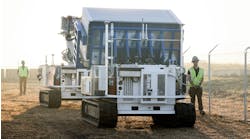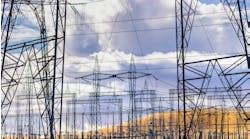The U.S. market for energy storage equipment is growing rapidly and expected to hit $4.6 billion and 3.9 GW in annual new deployments by 2023 according to a recent report by Wood Mackenzie (formerly GTM Research) and the Energy Storage Association (ESA).
By state, California led the way in the behind-the-meter segment of the market in both residential and non-residential deployments. On the residential side California is followed by Hawaii and then “all others,” which comprises the ten markets GTM monitors, Arizona, California, Colorado, Hawaii, Massachusetts, Nevada, New Jersey, New York, Texas and PJM, the regional operator covering all or parts of Delaware, Illinois, Indiana, Kentucky, Maryland, Michigan, New Jersey, North Carolina, Ohio, Pennsylvania, Tennessee, Virginia, West Virginia and the District of Columbia. On the non-residential side, it’s New Jersey trailing California and leading all others, said the report’s executive summary.
Among policy and market development highlights of the third quarter mentioned in the report, Wood Mackenzie said California released the results of its second Demand Response Auction Mechanism (DRAM) 2019 auction, including at least 2MW of behind-the-meter storage and CPUC issued a decision allowing cost recovery of a previously authorized distribution capital project and a distributed energy resources project that defers or replaces the distribution capital project. In New York, NYSERDA published the New York Energy Storage Roadmap outlining ratepayer benefits from storage deployments and recommended an infusion of funds to support storage deployments. In Massachusetts and Rhode Island, National Grid added batteries to the list of eligible technologies under its ConnectedSolutions program. In Hawaii, Hawaii PUC issued an order allowing existing solar systems under its net energy metering (NEM) program to add storage so long as the existing NEM export limit is not exceeded.



